
Here are the top 5 most read articles about metal analysis with РФА ANALYZER и спектрометрс:
Основы XRF-анализатора
Xrf vs. Спектрометр
Портативный XRF Анализатор Советы
Advances in Spectrometer Tech
Troubleshooting XRF Analysis
These articles are popular because they give helpful tips. You can find easy comparisons and real answers for metal testing. You learn how to use the tools and see what makes them different. The articles help you avoid mistakes and fix problems. Both experts and beginners can learn from these guides.
Ключевые выводы
Xrf -анализаторы help you test metals fast and safe. They do not harm the samples. This makes them good for labs and field work.
You pick XRF or other spectrometers based on your needs. XRF works well for quick checks on site. Other spectrometers can find light elements like carbon.
Portable XRF analyzers give results close to lab tests. This happens when you calibrate them right and prepare samples well.
New spectrometer technology is smaller and smarter now. It is also faster. You can use it for real-time metal checks in many jobs.
If you know common XRF problems, you can avoid mistakes. Simple steps like recalibration and sample care help you get good results every time.
1. Основы XRF-анализатора
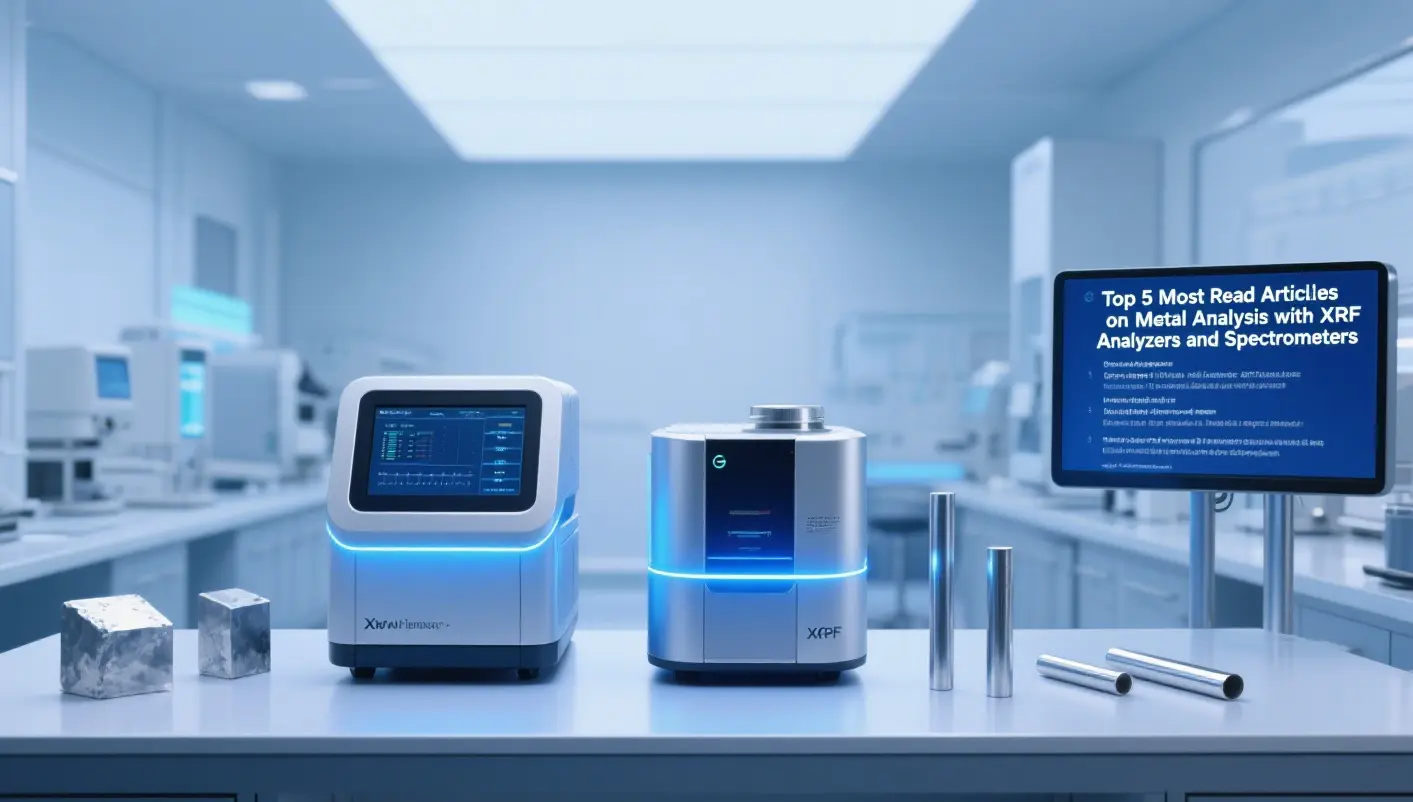
Overview
An XRF ANALYZER lets you test metals fast and safely. You do not have to cut or change the metal. The tool gives results in just a few seconds. You do not need to get the sample ready before testing. Many jobs use this method because it is quick and correct. You can use it outside or in a lab. The XRF ANALYZER checks what elements are in metals, even if there is only a little bit.
РФ-АНАЛИЗАТОР does not harm your sample.
Вы быстро получаете результат, which helps when you are busy.
It can find many elements at once.
The tool works for both big and small amounts of metals.
Вы можете использовать Портативный models to test things on-site.
You must be careful and follow safety rules because it uses X-rays.
XRF Analyzer Insights
The XRF ANALYZER is used in many jobs. Here is a table that shows how different fields use this tool and why it is helpful:
Industry Application | Performance Benchmark / Feature Highlight | Пример использования / Выгода |
|---|---|---|
Горное дело и геология | Fast testing speed for mineral exploration and ore trading | Быстрый, accurate field results |
Производство и контроль качества | High accuracy and fast throughput | Material checks, process improvement |
Климатические испытания | Detects heavy metals with high recovery | Soil and water analysis |
Precious Metals and Jewelry | Sensitive, non-destructive purity checks | On-site testing, no damage to items |
Исследования и академия | High precision and flexible software | Material science and geochemistry studies |
Importance
You can use an XRF ANALYZER if you are new or have lots of experience. Beginners can use handheld tools to get quick data about rocks, земля, or metals. This makes work in the field faster and easier. Experts trust the XRF ANALYZER for very exact results. You can check for small amounts of elements, make sure materials are right, and follow safety rules. The tool is fast and easy to carry, so you can make choices quickly. Many jobs, like mining, making things, и проверять окружающую среду, use it to stay safe and work well.
2. Xrf vs. Спектрометр
Overview
You often need to choose between an XRF ANALYZER and other spectrometers for metal testing. Each tool works in a different way. XRF использует X-rays to find out what elements are in a sample. Other spectrometers, like OES (Optical Emission Spectroscopy) and LIBS (Laser Induced Breakdown Spectroscopy), use light or lasers. These tools help you test metals, Сплавов, and even plastics. You can use them in the lab or in the field. Some work fast and need little sample prep. Others need more steps but can find more elements.
Кончик: If you want quick results with little prep, XRF is a strong choice. If you need to find light elements like carbon, OES or LIBS may work better.
Ключевые различия
You can see the main differences in how these tools work, what they can detect, and how easy they are to use. Here is a table to help you compare:
Особенность / Технология | Рентгенофлуоресцентный анализатор | Эс (Optical Emission) | LIBS (Laser Induced Breakdown) |
|---|---|---|---|
Element Detection | Большинство металлов, not carbon | All metals, including carbon | Металлы, углерод, кремний, алюминий |
Портативность | Портатив, легкий вес | Тяжелый, needs a cart | Портатив, very light |
Sample Prep | Минимальный | Needs grinding/sanding | Needs some prep, легко носить |
Скорость | 2-7 секунды | Under 20 секунды | Быстрый, field-ready |
Safety | Uses X-rays, needs care | Needs argon gas, тяжелый | Uses laser, needs eye safety |
Лучше всего подходит для | Quick checks, field use | Full chemistry, лаборатории | Fast field checks, light elements |
You can also look at detection limits. XRF can find elements in the parts-per-million range. OES can be 30% better for some metals like copper. FTIR, another spectrometer, works best for plastics and chemicals, not metals.
Приложение
You should pick the right tool for your job. If you work in recycling or need to check metals on-site, you may want a portable XRF ANALYZER. If you need to test for carbon in steel, OES or LIBS will help you. FTIR is best if you need to check plastics or additives. Both XRF and other spectrometers need trained users and good calibration. You can use XRF for fast screening, compliance checks, and sorting metals. OES and LIBS help you when you need full chemistry, including light elements.
Use XRF for:
Sorting scrap metals
Checking alloys in the field
Fast screening for heavy metals
Use OES or LIBS for:
Grading low carbon steels
Full lab analysis
Detecting light elements
Заметка: Each tool has strengths and limits. You get the best results when you match the tool to your testing needs.
3. Portable XRF Analyzer Tips
Overview
A portable XRF ANALYZER lets you test metals fast and safely almost anywhere. These handheld tools show results in just a few seconds. You do not have to break or change the sample. You also do not need to wait for long lab tests. People in South India and other places use portable XRF analyzers to check metal exposure outside the lab. Studies say these tools give results that are close to lab tests after you calibrate them. You can trust them for both field and lab work.
Параметр | Key Findings |
|---|---|
New portable XRF models make fewer mistakes | |
Пределы обнаружения | Portable analyzers are sensitive and work fast |
Точность | Results match lab tests after calibration |
Practical Value | Results are steady in the field and in labs |
Лучшие практики
To get good results with your portable XRF analyzer, Следуйте этим шагам: Первый, measure for a longer time. This helps you get better and more exact results. Следующий, always calibrate your device before you use it. Calibration helps your results match lab standards. Clean and smooth samples give you better readings. Брать training classes and practice using the tool safely. Write down your steps and settings. This helps you check and repeat your work.
Кончик: Measuring longer and calibrating well are the most important steps for good data.
Полевое использование
You can use portable XRF analyzers in many real-life jobs. Jewelry stores check gold without hurting it. Recycling centers sort metals fast and make fewer mistakes. Forensic teams find elements at crime scenes quickly. Environmental scientists test soil and water for heavy metals right where they are. Farmers and soil experts check soil type and pollution in the field.
Portable XRF analyzers are quick, cost less than lab tests, and need little sample prep. You can decide what to do right away, even in busy or faraway places.
4. Advances in Spectrometer Tech

Overview
Spectrometer technology is changing a lot today. New designs make these tools smaller and faster. Many jobs use these new tools for metal analysis. Mining and recycling are just two examples.
Now you can test metals right where you work. These advances make real-time analysis possible.
New Features
Modern spectrometers have many smart features. These features help you get better results. You can use your device in more ways. Here are some highlights:
There are also new lasers and better light sources. Improved optical paths help too. These changes give higher sensitivity and faster tests. Some spectrometers use smart software libraries. This helps you find out what materials you have quickly.
Industry Impact
These changes affect how you work with metals. You can test materials right away. This saves time and money. Many industries use portable and benchtop spectrometers now. They help with trace metal analysis. You see these tools in labs, food safety, добыча, and chip testing.
The spectrometry market was over $11 миллиард в 2021. It is still growing.
Small spectrometers now fit in smartphones and robots. This makes metal analysis easier for everyone.
Portable spectrometers like SPECTROTEST help check alloys and metals during production and recycling.
New features let you watch quality in real time. You can do this in factories and recycling yards.
With these new tools, you can decide faster, stay safe, и соблюдать отраслевые правила.
5. Troubleshooting XRF Analysis
Overview
Иногда, using an XRF ANALYZER for metal analysis is hard. Problems can mess up your results and slow you down. If you know the common issues, you can avoid mistakes. This helps you get the right data. You can fix many errors by following easy steps and using the right tools.
Common Issues
Lots of people have the same problems with XRF analysis. The table below shows the main error types, what causes them, and how to fix them:
Error Category | Key Causes | How to Reduce Errors |
|---|---|---|
Instrumental Errors | Detector limits, unstable source, calibration drift | Use high-res detectors, recalibrate often |
Sample-Related Errors | Uneven samples, rough surfaces, wrong thickness | Make samples even, polish, check thickness |
Matrix Effects | Element interference, absorption issues | Use correction software, calibration standards |
Environmental/Operational | Температура, влажность, operator mistakes | Control environment, train operators |
Tech Advances | New AI and cloud tools for calibration | Use smart software, automate calibration |
Кончик: Most mistakes happen when you do not prepare samples well or forget to recalibrate your device.
Solutions
You can fix most XRF analysis problems by doing these things:
Check Your Device
Make sure your detector works right. Recalibrate your XRF ANALYZER often. Watch for changes in the X-ray source.Prepare Samples Properly
Use smooth and even samples. Polish the surface and keep the thickness the same. This step helps you get better results.Use Correction Tools
Use matrix correction software. Try calibration standards for better accuracy. Smart algorithms help fix interference.Control Your Environment
Keep your lab at the same temperature and humidity. Train everyone who uses the analyzer. Always follow the right steps.Try New Technology
Use AI-powered software for calibration and error checks. Cloud platforms help you share data and find problems fast.
Error Type | Solution | How You Know It Works |
|---|---|---|
Instrumental | Recalibrate, upgrade detector | Stable, accurate readings |
Sample-Related | Prepare and polish samples | Repeatable, precise results |
Matrix Effects | Use correction software | Better quantification accuracy |
Environmental/Operational | Control lab, train users | Consistent instrument response |
Technological | Use AI and cloud tools | Faster error detection, improved calibration |
Заметка: Good habits and the right tools help you stop most XRF analysis mistakes.
You get real skills by reading these top articles. Each guide teaches you how to find metals and avoid mistakes. You also learn about new technology. Studies say XRF and spectrometer tools can find copper and золото very well. Ты можешь:
Find metals fast in scrap and jewelry.
Get valuable metals from old electronics.
Try new ways like machine learning for better results.
Use advanced tests to guess where minerals are.
Keep learning to be more accurate and make better choices. Look for more resources, sign up for updates, or share this blog with your group.
Вопросы и ответы
What metals can you test with an XRF analyzer?
You can test most metals, including copper, железо, алюминий, никель, и цинк. XRF analyzers also detect precious metals like gold and silver. You cannot test very light elements such as hydrogen or carbon.
How do you keep your XRF analyzer accurate?
You should calibrate your analyzer often. Clean the device and sample before each test. Store your analyzer in a safe, сухое место. Follow the manufacturer’s instructions for best results.
Can you use a portable XRF analyzer outdoors?
Да, you can use portable XRF analyzers outside. These devices work well in the field. You get fast results without sending samples to a lab.
What is the main difference between XRF and OES?
XRF uses X-rays to find elements. OES uses light from sparks. XRF works well for most metals. OES can test for light elements like carbon, which XRF cannot detect.
Why do you need to prepare samples before testing?
Sample preparation helps you get accurate results. Smooth, clean surfaces let the analyzer read the metal better. If you skip this step, you may see errors in your data.
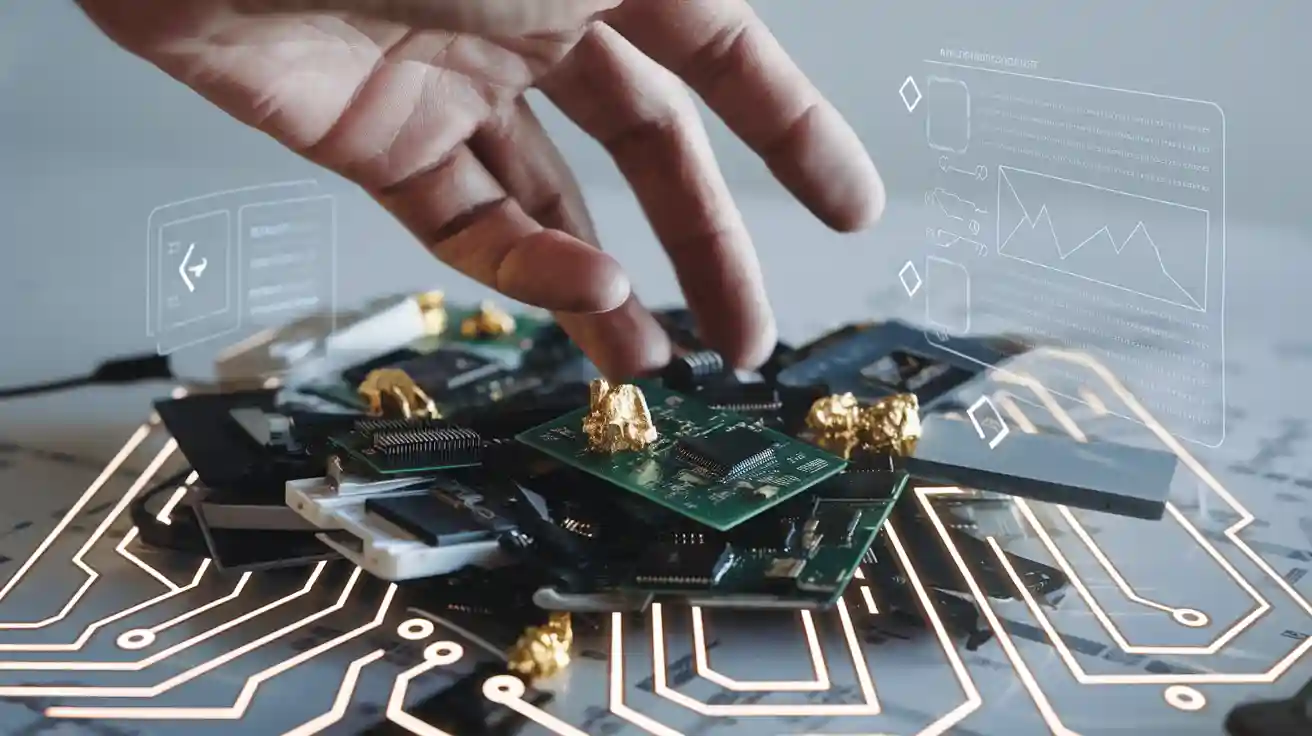
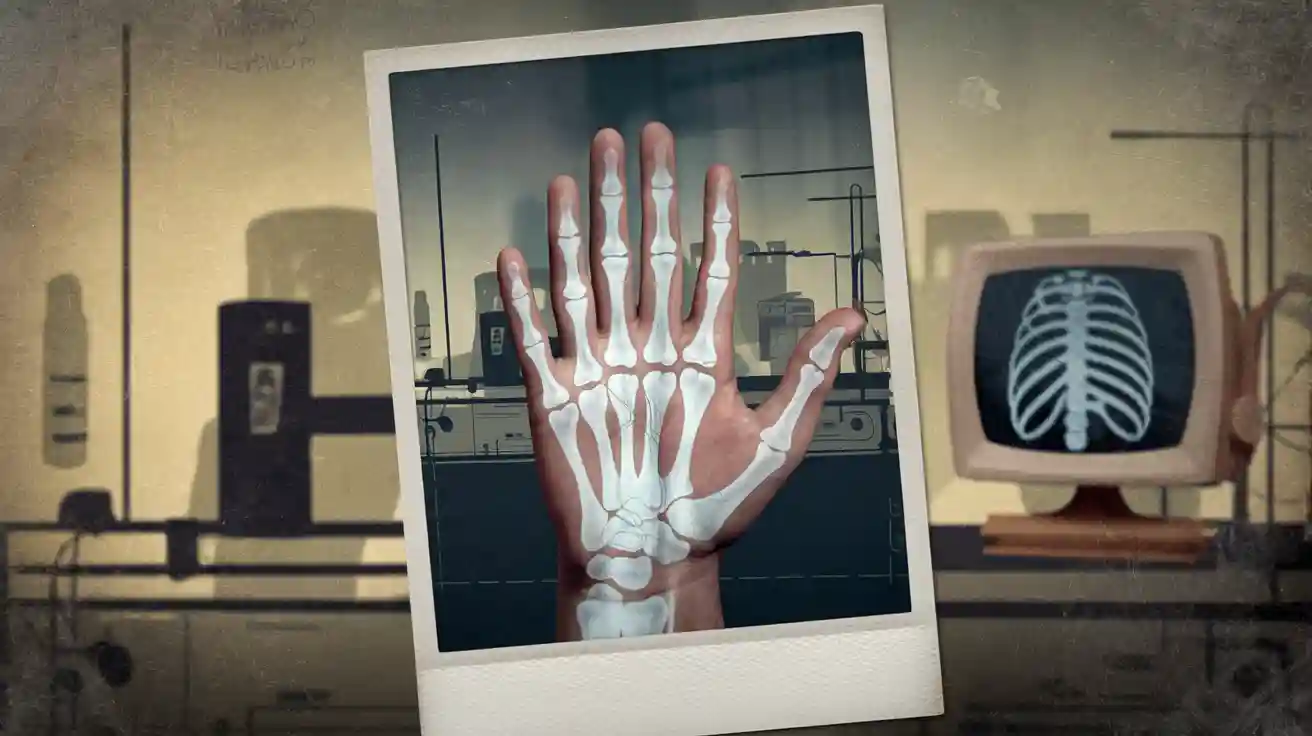
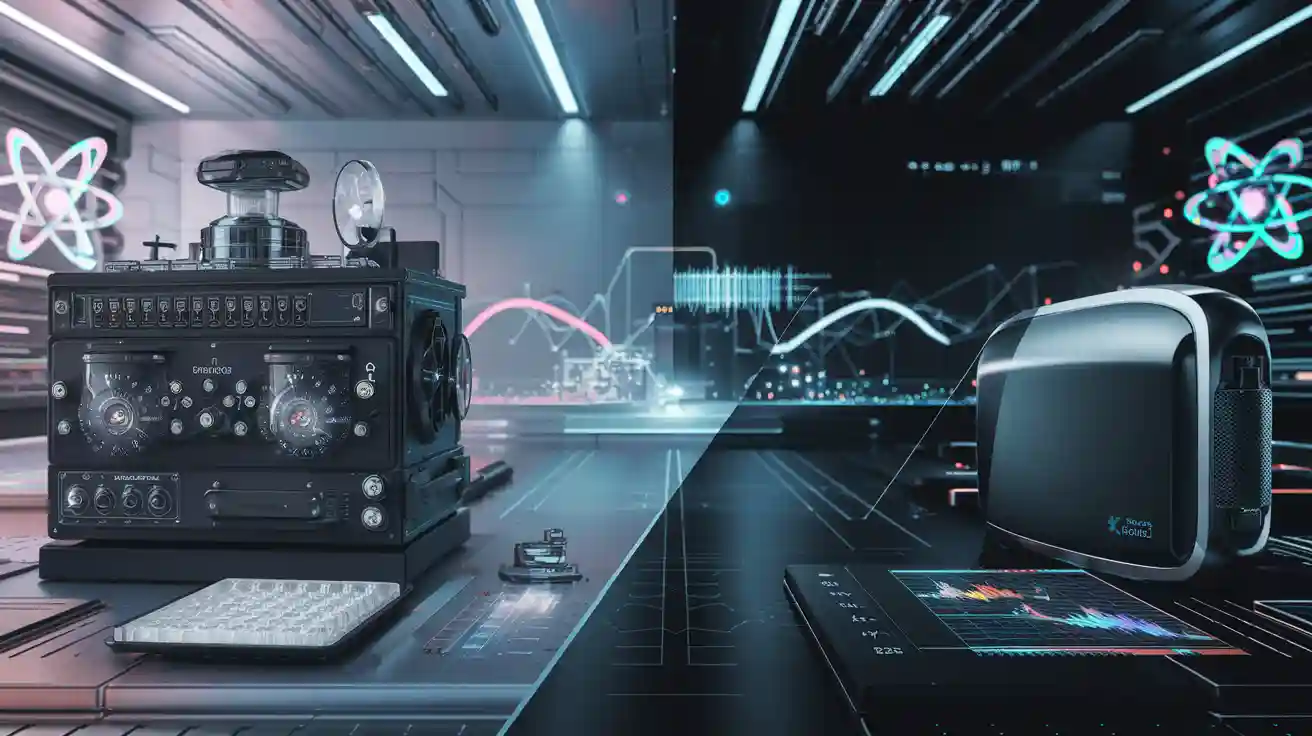
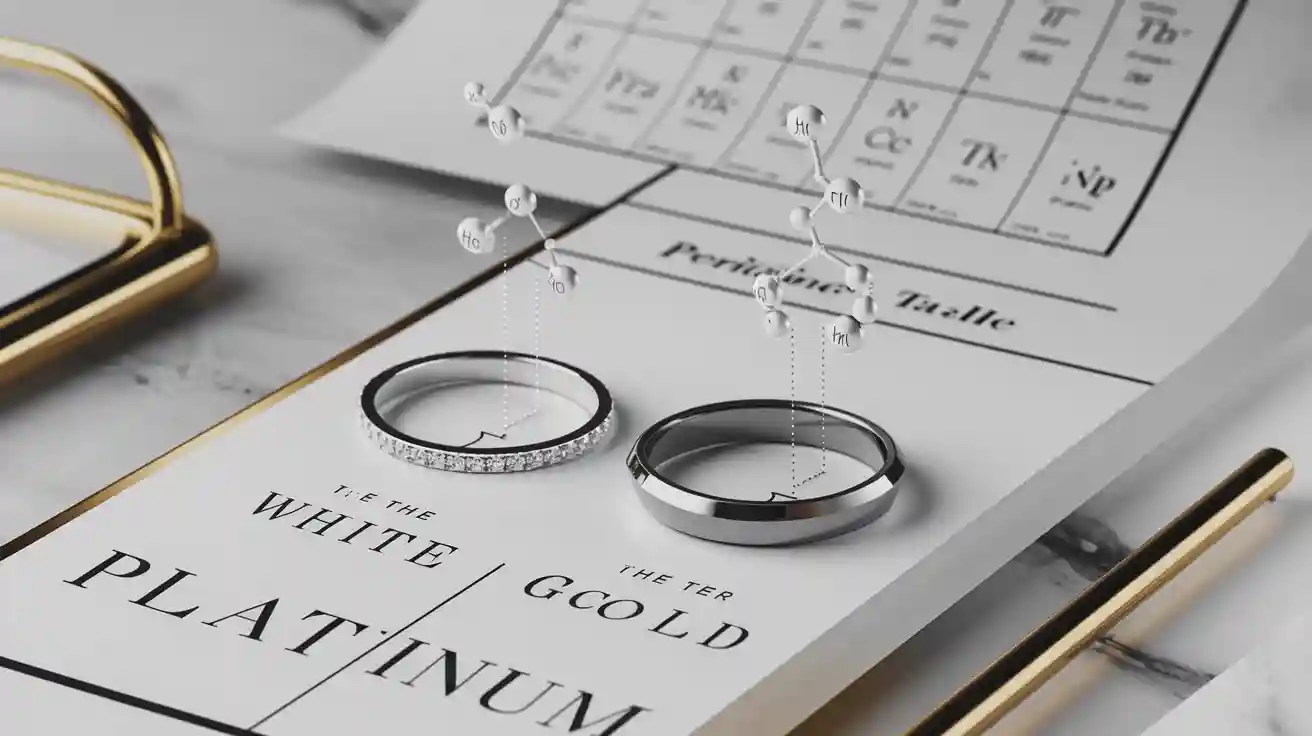
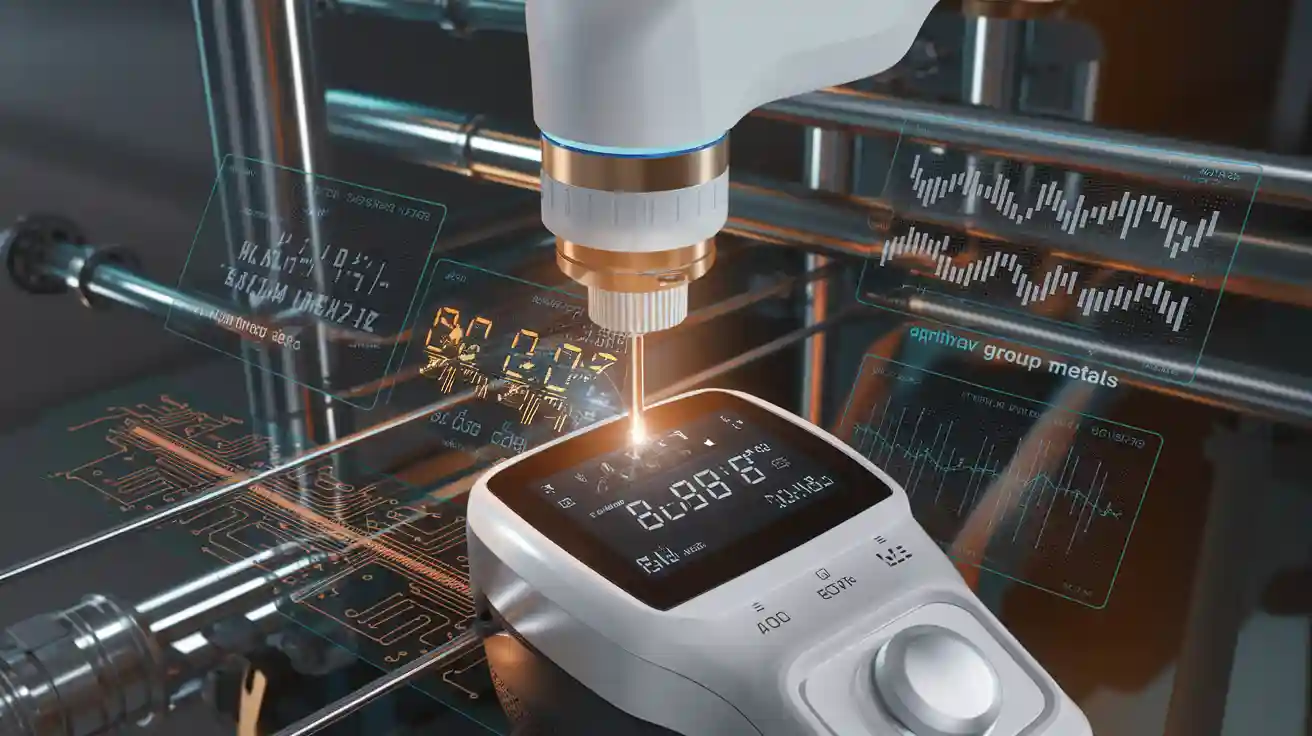
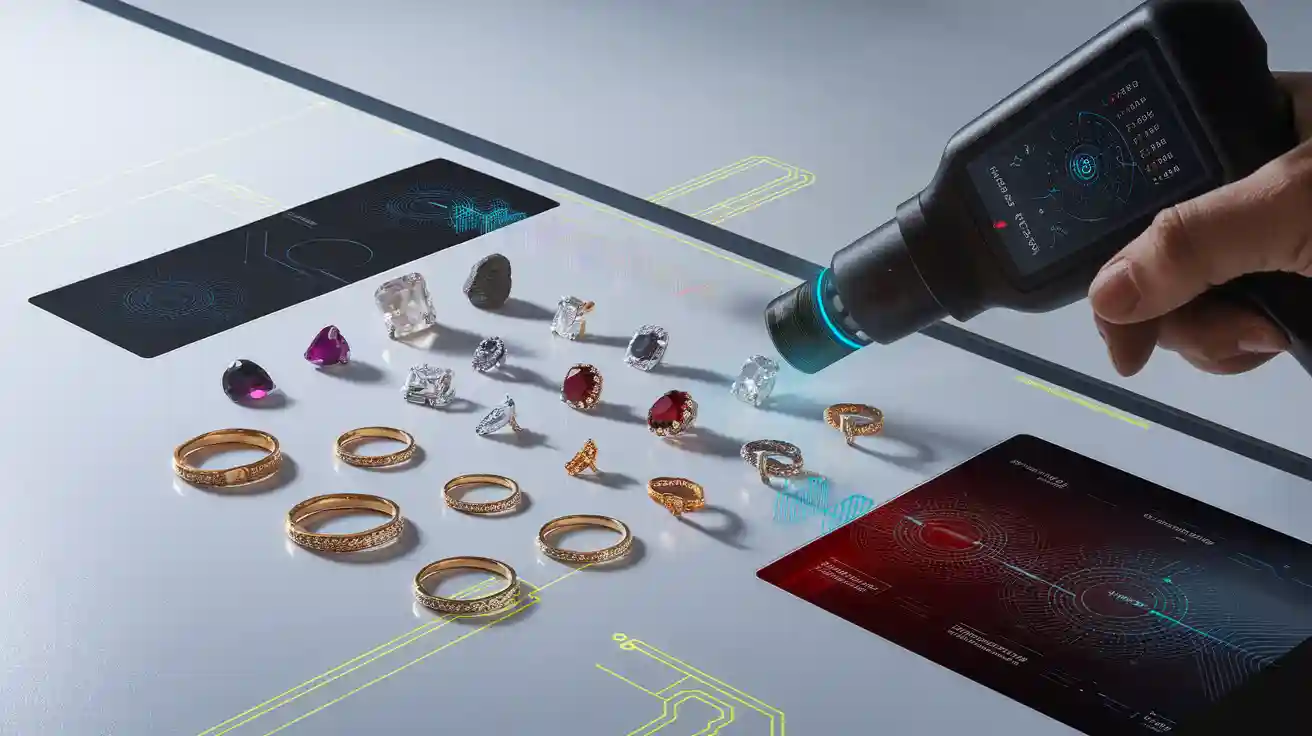

WhatsApp
Отсканируйте QR-код, чтобы начать чат с нами в WhatsApp.